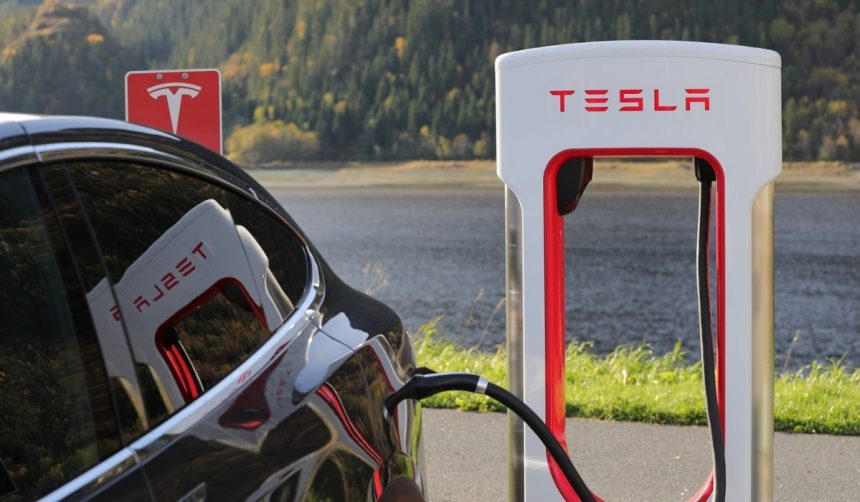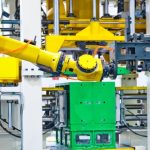Tesla‘s vision of autonomous transportation is moving closer to reality as the company gears up for the imminent launch of its Robotaxi service in Austin, Texas. CEO Elon Musk reveals crucial details about this project, emphasizing a controlled and safety-first approach. In this context, the launch represents Tesla’s commitment to revolutionizing urban mobility, though initial supplies of these driverless vehicles will be limited, with only a select number of Model Y Robotaxis being introduced before a broader deployment.
Earlier information on Tesla’s Robotaxi plans included high expectations and skepticism from various quarters. Initially, the announcement of a fleet of autonomous vehicles elicited mixed reactions. While many welcomed the technological leap, concerns about the readiness of self-driving technology persisted. As of now, the focus has shifted to ensuring safety and regulatory compliance under tight scrutiny, which aligns with the cautious manner in which Tesla is rolling out its service.
What Does Tesla’s Initial Rollout Involve?
Tesla intends to introduce a fleet of 10 to 20 Model Y vehicles in a limited capacity. This conservative approach is designed to assess safety and reliability. Musk explains that the early-phase rollout aims to refine the operational facets of autonomous driving while ensuring passenger safety. Within a few months, the fleet is expected to expand significantly, potentially reaching up to 1,000 vehicles on Austin’s roads.
How Are Routes and Areas Selected?
Tesla’s Robotaxi will initially operate within geofenced areas in Austin. This means navigation is restricted to safer neighborhoods and pre-defined routes, minimizing risk and enhancing safety protocols. The decision to limit the Robotaxi’s initial operation to specific areas reflects Tesla’s strategic emphasis on mitigating potential mishaps that could impact passenger safety.
Will the Robotaxi Operate Without Drivers?
In a significant development, the Robotaxi service marks the first instance of Tesla vehicles operating on public roads without a driver onboard. During the initial trials for employees, a human was in the driver’s seat for safety reasons, but the public launch will not feature this safety precaution. The decision underscores Tesla’s confidence in its Full Self-Driving technology, which remains a subject of considerable industry interest as other automakers continue to show interest in FSD licensing.
Looking ahead, the Robotaxi initiative underscores Tesla’s endeavor to cement its position in autonomous vehicle technology. The meticulous rollout strategy, focusing on safety and reliability, reflects the company’s intent to ensure a seamless integration into urban settings. Expanded accessibility of autonomous transportation could offer an alternative solution to traditional ride-hailing services, provided safety and technical efficacy prove robust. As the landscape of autonomous vehicles evolves, public receptiveness and regulatory frameworks will continue to shape the path forward for Tesla’s ambitious project.










